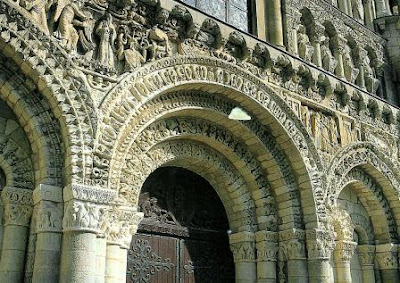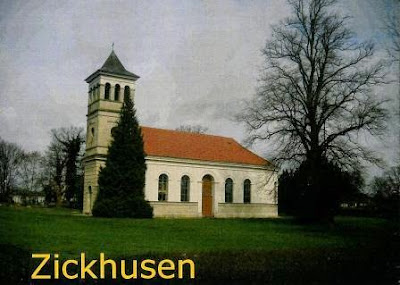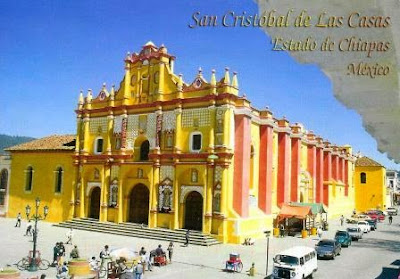More brazilian cards, all from Salvador da Bahía and sent by Sílvia and Déa.
Pau Brasilis - Photo by Christian Fehr
St. Anthony Lighthouse, better known as Barra Lighthouse is considered the oldest lighthouse in the Americas. Its construction was completed in 1698. It is part of the architectural ensemble of the military complex of St. Anthony Fort, which also houses the Nautical Museum.
It opened to the public in May 2011.
Pau Brasilis - Photo by Christian Fehr
The Bonfim Church may not be the prettiest churche in Salvador but it is certainly the most famous. It was built between 1746 and 1754 in neoclassical style with a rococo façade, following the model of Portuguese churches of the 18th and 19th centuries, with beautiful frescoes and tiles. The purpose of the construction of the church was sheltering the image of Our Lord Bonfim, brought from Lisbon in 1745.
Inn the churchyard hundreds of colorful ribbons are tied to the wrought-iron railings. The Bonfim ribbons were created in the early 19th century and have the measure of the right arm's length to the chest of Our Lord Bonfim image. Initially the ribbon was worn on the neck as a necklace, which hung medals and prayer cards. Nowadays is used on the wrist.
Pau Brasilis - Photo by Christian Fehr
Considered the second biggest popular manifestation and the main religious event in Bahia, Bonfim’s Festival takes place on the second Thursday after Epiphany, celebrated on January 6th. “Baianas” wearing typical outfits start the ritual, carrying vases with water and perfume to wash the stairway and the parvis of the church.
The cortege leaves Nossa Senhora da Conceição da Praia Church towards Bonfim, an eight-kilometer walk. Thousands of people participate in the celebration, all dressed in white to honor Oxalá, a deity that represents Our Lord of Bonfim in Candomblé (African religion). While the “baianas” wash the stairway with water and perfume, believers sing the hymn of Our Lord of Bonfim.
The celebration started in 1754, when the image of the Crucified Lord – brought by the Portuguese captain Teodósio Rodrigues in 1745 – was transferred from Penha Church, in Itapagipe, to its own church, at the Colina Sagrada (Sacred Hill). - in:
http://bahia.com.br/en/viverbahia/festivals/bonfims-festival/










































